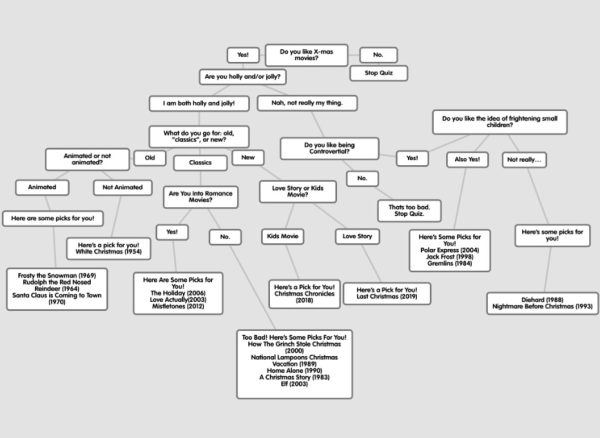Life Cycle of Memes: Where They Go After Their Time in the Spotlight
February 16, 2018
Ah, yes. Memes. A staple of the Internet generation. We can’t live without them. Some notable memes that have popped up over the years include Pepe the Frog, salt bae, Kermit, the confused Persian cat, Confused Math Lady, and the most recent and perhaps most deadly meme: Tide Pods. But, from where do these Internet treasures arise? Are they simply born from somebody calling out a police officer for his unsightly footwear, or people admiring a steak chef for his meat-seasoning expertise? The big question is this: where do memes come from and why?
Social media plays a critical role in the spread of memes throughout the Internet. It is a large platform on which information, including memes, is spread. Twitter is one of the biggest meme-transmitters out there, consolidating memes from all corners of the Internet. Another significant site was Vine (rest in peace), which created some all time favorites such as Why You Always Lyin’, I Almost Dropped My Croissant, and the good old Welcome to Chili’s vine. “Stan Twitter” and “Stan Instagram” are the parts of these Social Networking SItes (SNS’s) that are fandom-based, and they are also massive contributors to trending memes.
Professional Instagram Memester Jack (@wtv.cosplay) says that this generation “[doesn’t] really laugh about random jokes anymore [because] we’ve become so accustomed to laughing about self-deprecating jokes with others.”
The main point of memes nowadays is to be “relatable,” which can go hand-in-hand with the attractive prospect of getting more likes and growing a fanbase online.
With all of the online fervor, it was inevitable that a distinct “meme culture” would arise. To Jack, “meme culture is awesome. One joke can spread like wildfire in under five hours and become seen on almost every social media… Our generation doesn’t need to appear on Comedy Central to make people laugh anymore.”
The spread of these seemingly meaningless jests have made their way outside of the Internet, where this generation has come to use phrases like “WHAT’RE THOSE” and “don’t talk to me or my son ever again” in everyday life.
At the end of every meme’s life, it heads towards the “Meme Graveyard,” also known as Facebook. At this point of the meme cycle, older people make supposedly relatable jokes about their midlife crises using captioned pictures of minions. Memes that have made their way onto sites like Facebook and 9gag are officially pronounced dead, mainly because of the older user demographic of these platforms.
Chelsea Lai, ‘20, said, “By the time a meme gets to Facebook, the youth have already had their fun with it because they see it first in other sites…Also it’s the last site kids would think to post on.”
Since such platforms are rarely used by the younger generation, the main meme transmitters, they become like a recycling plant for used-up memes.
All in all, meme culture had become a distinct staple of this current generation, and with the continual growth of the Internet and social media culture, the creation of memes is yet to cease.































